“Shoot some cine film” that little voice in my head said.
“You know you want to”.
Well, I’ve shot a fair bit of Cinestill and enjoyed it.
“Remember that roll of Ferrania P30 in the fridge that you’ve been too scared to use?”
Whoa now!! That’s not fair. I’ve just been used to the warm security blanket that Ilford HP5 affords. Loyal and forgiving, like your oldest friend or a faithful dog.
Maybe I need some excitement in my life after this long and drab pandenic.
First trip away in 18 month, we were off to Cambridge to see my in-laws. Covid tested, sandwiches and flasks to avoid the great unwashed of the motorway services, Leica M7 and a roll of Ferrania P30 in the bag and we were off. There was even a chance of some decent light, a thing unfamiliar to those of us who live in the West of Scotland.
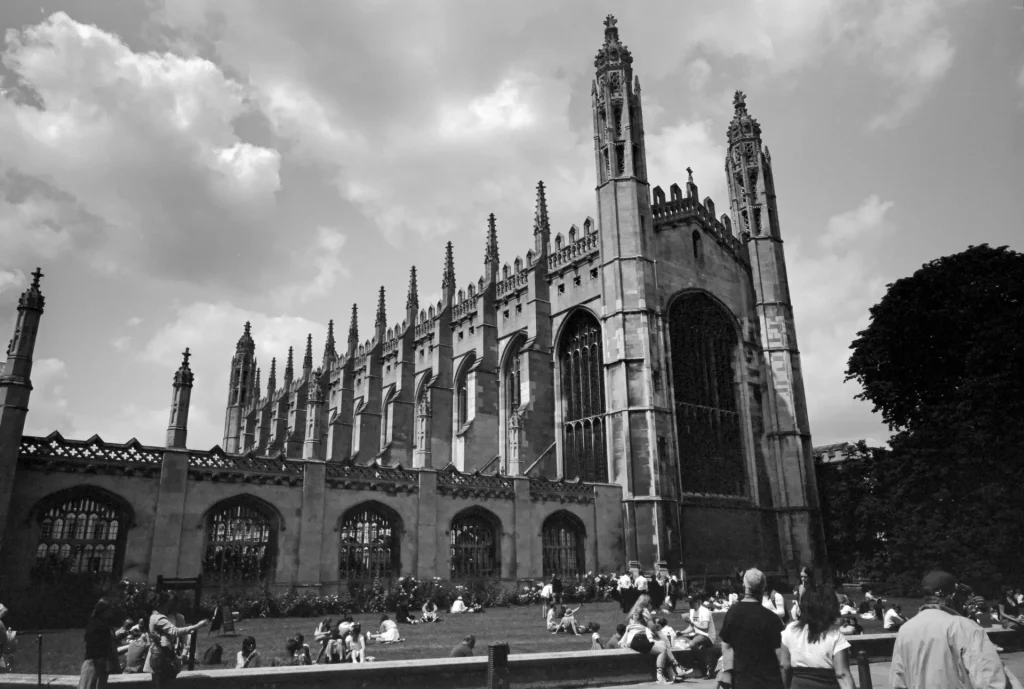
Lets step back for a moment and look at the background to my apprehension. Ferrania P30 is a classic European movie film. Its a high silver, high contrast, fine grain film producing a classic cinematic look. The Ferrania name started in 1882 as an explosives company in the town of Cairo Montenotte in the Ferrania region of Northern Italy. Their explosives were used by the Russian Czar in the first world war. Given the similar chemistry of early films and explosives, the burgeoning film industry offered a route to expand the business. Also – you really don’t want a huge pile of post war nitro-cellulose sitting around unattended in your warehouse waiting for a stray cigarette butt to land.
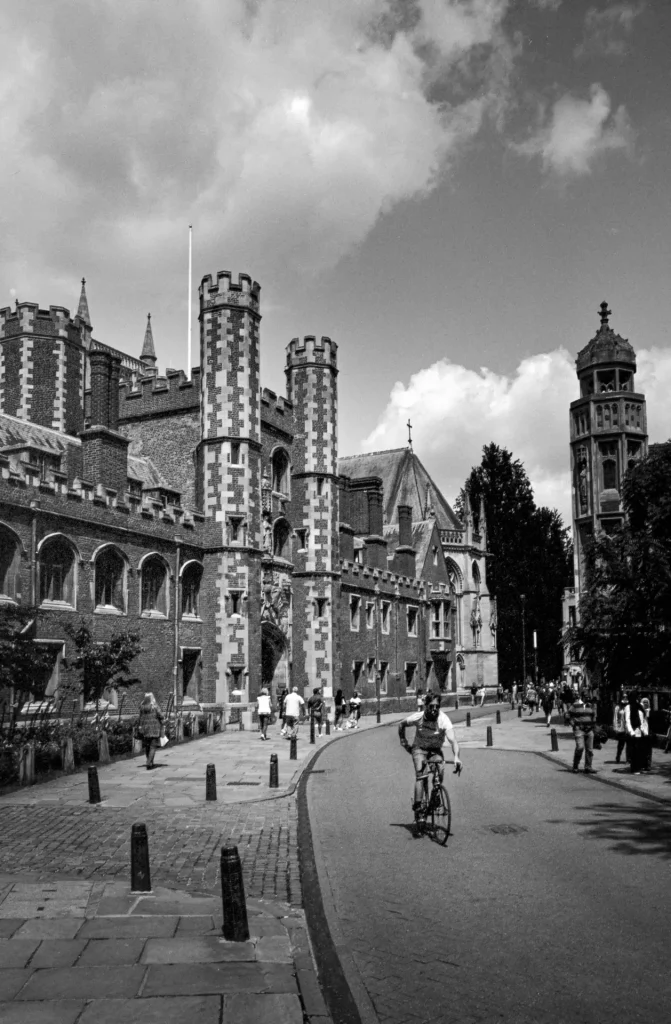
The Pathé Brothers then got involved and Film Ferrania was officially founded in 1923. The film industry in Europe blossomed after the second world war, and Ferrania was the go to stock for many European studios. Perhaps its most famous movie was “8 ½” by Federico Fellini in 1963. Ultimately the factory closed in 2009 as the death of film seemed all but certain. But, we all know from experience that it is folly to assume anyone is actually dead in the movies. In 2013 a new company, Film Ferrania s.r.l, acquired the rights and following a successful Kickstarter campaign were able to produce their reborn P30 film stock in a new building in the grounds of the old factory using original machinery from that factory. Same film franchise, recast actors. Sounds familiar in the movie business? Why they didn’t name it “Ferrania Tokyo Drift” is beyond me.
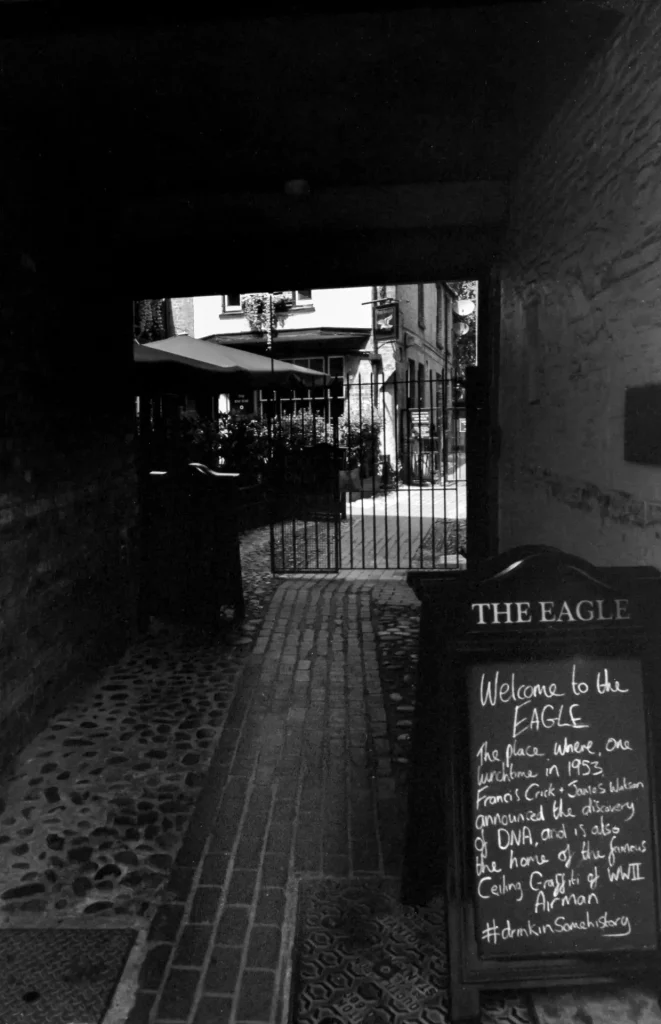
So. Why the trepidation? I was shooting with my trusty Leica M7, a camera I know and love. I had my familiar 35mm Summilux and my knowledge of Cambridge told me to bring the Zeiss 25/2.8 – Architects of the 15th century did not build those colleges to fit into a 35mm field comfortably! In my other life I play the theatre organ and have scored and accompanied many black and white silent movies. I’ve seen loads of old movie film. I knew the look I wanted – a cross between Audrey Hepburn’s Roman Holiday and the Third Man in Vienna, with maybe just a hint of the London grime of Ivor Novello’s Lodger. What was the problem? Well, this film has all the latitude of a grumpy nightclub bouncer standing in the rain on a winter’s night with a full bladder. You need to nail that exposure. Ferrania even publish a helpsheet to guide the new users of this film – Click Here to view.
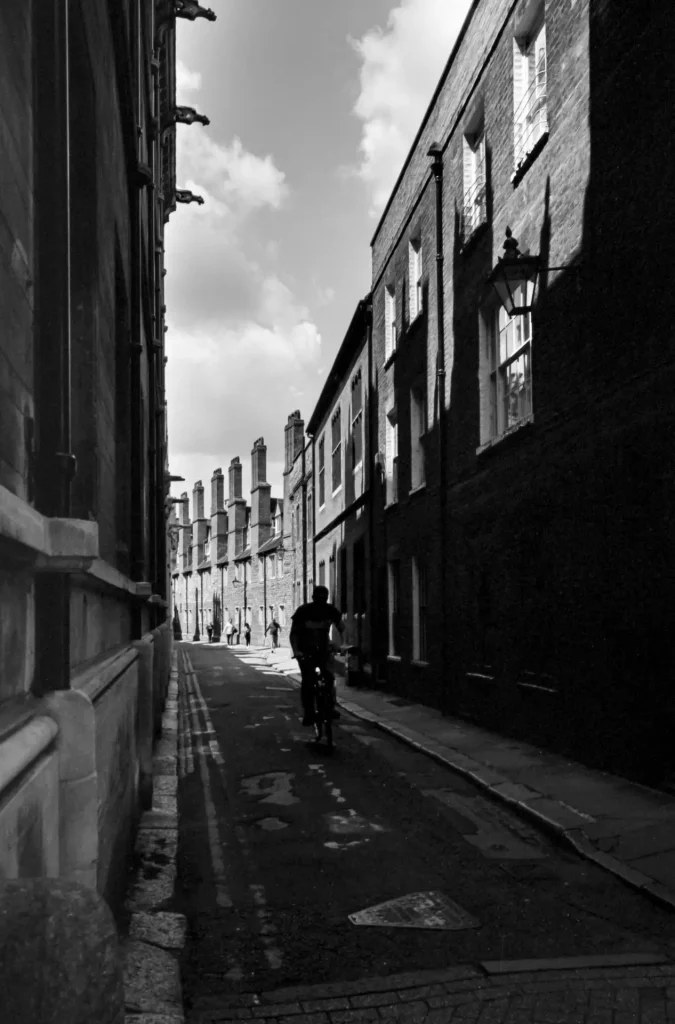
I wanted to use the correct developer too, so a quick virtual visit to lovely folks from Nik and Trick at ntphotoworks.com in Folkestone got me a bottle of Bellini D96. A “Low Contrast” developer for use specifically with this film. Apparently it was shot at box speed for movies and the look and contrast of the film was adjusted by altering the processing time – more time, more contrast. Easy then – 8 minutes for the standard look they say. Perfect time for a coffee while processing.
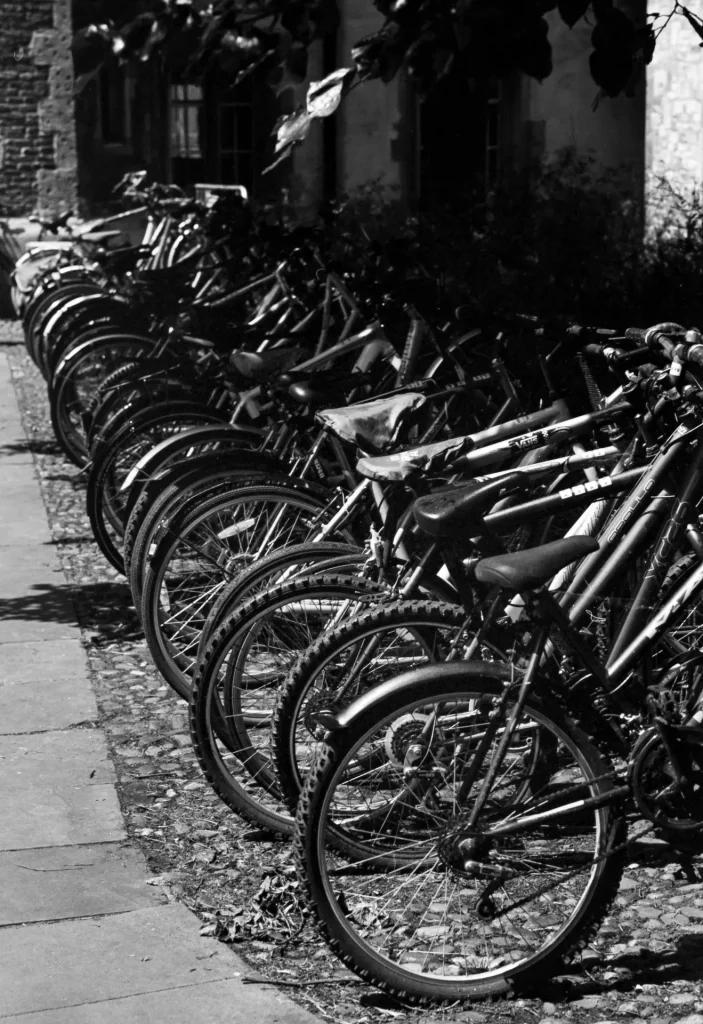
And the result? First impression was – oops, there’s a lot of clear stuff in those negatives, must have done it wrong, but there’s black stuff too, so I suppose that must be OK. The film base was quite thin and it scanned easily on my Epson flatbed. Its a really fine grain that feels comfortable with higher resolution scans. Yes, it is high contrast, but easily managed in lightroom with few adjustments needed to make a good image – if you have followed the instructions from Ferrania correctly.
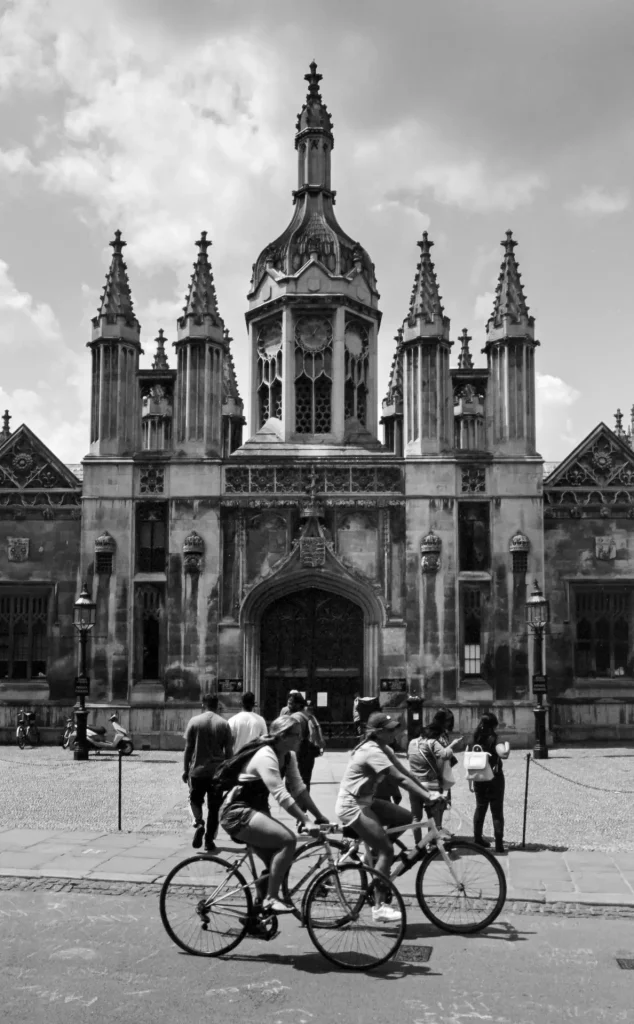
Would I use it again? Yes, hell yes! It’s a gorgeous film stock.
What have I learned? It needs light to shine. Next time I might shoot at ISO50 if using centre weighed aperture priority on the M7, or more likely I would take the M6 and manually meter more into the shadows at ISO80. All in all I liked the film a lot – from portraits to architecture it produced a look quite different to my familiar film stocks, and processing / scanning was a joy.
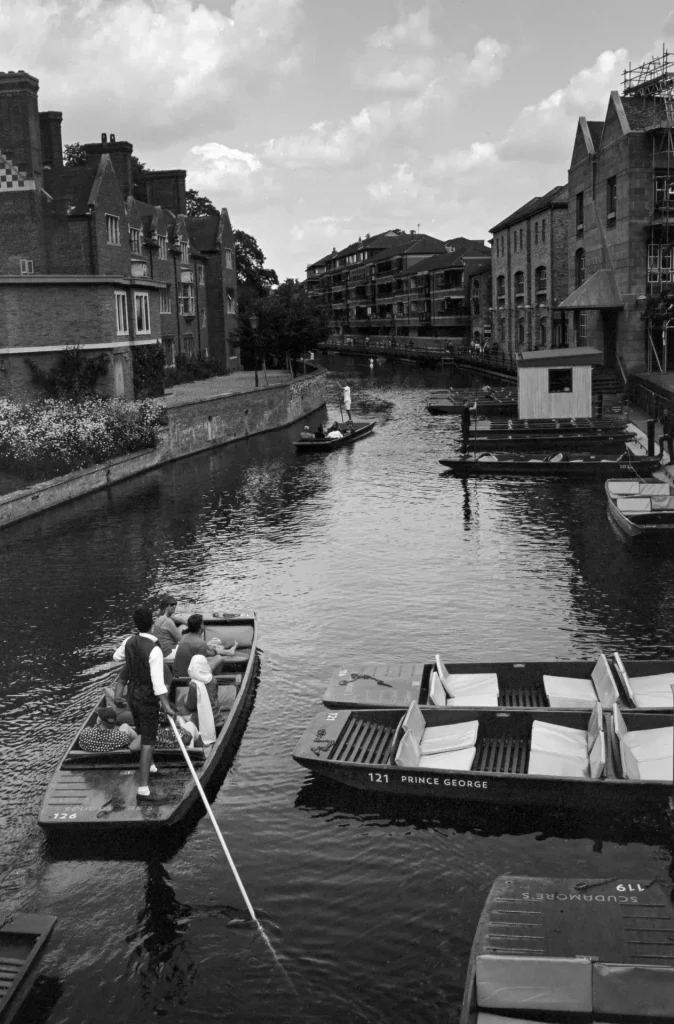
Have a look at the photos. My hope was to be the next Federico Fellini or Ingmar Bergman but as my own worst self critic I know there is always much more work to be done. That work is made all the easier knowing you are supporting a new independent film maker offering such a quality product.
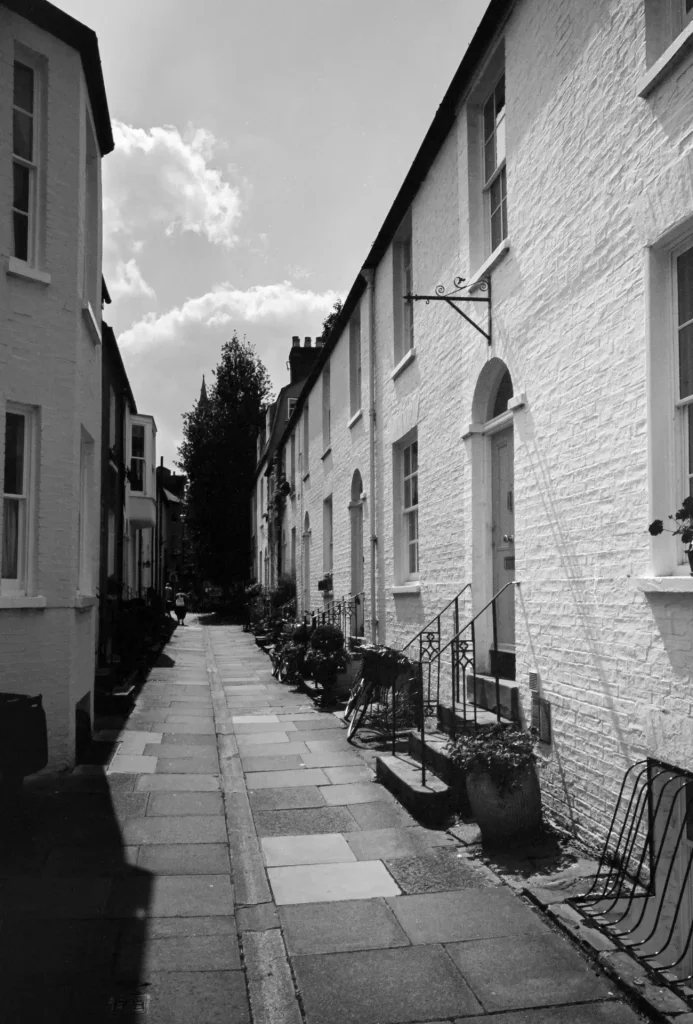
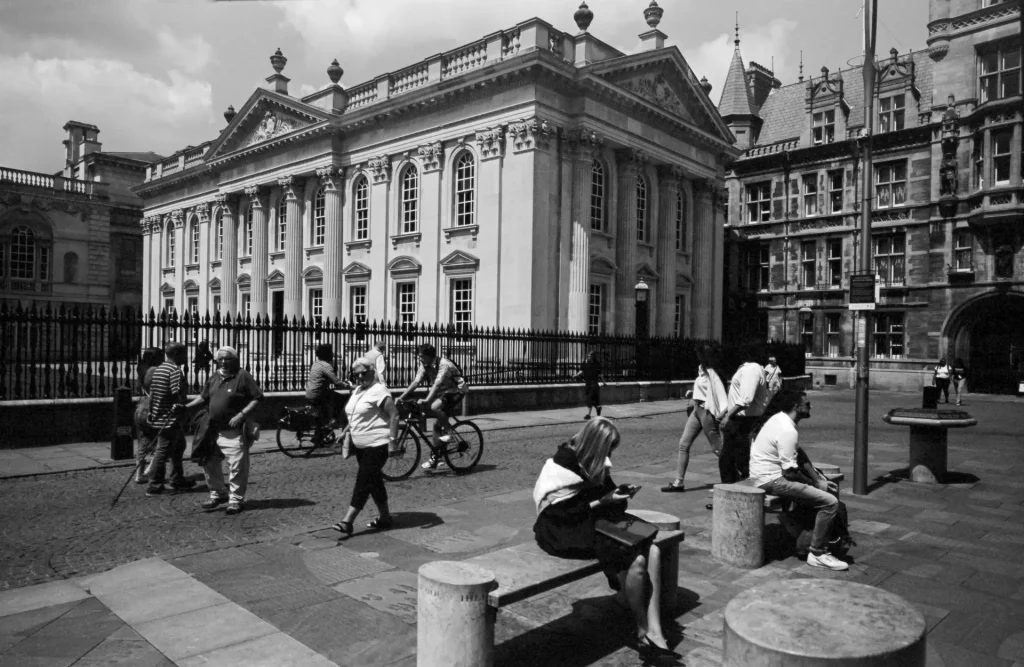
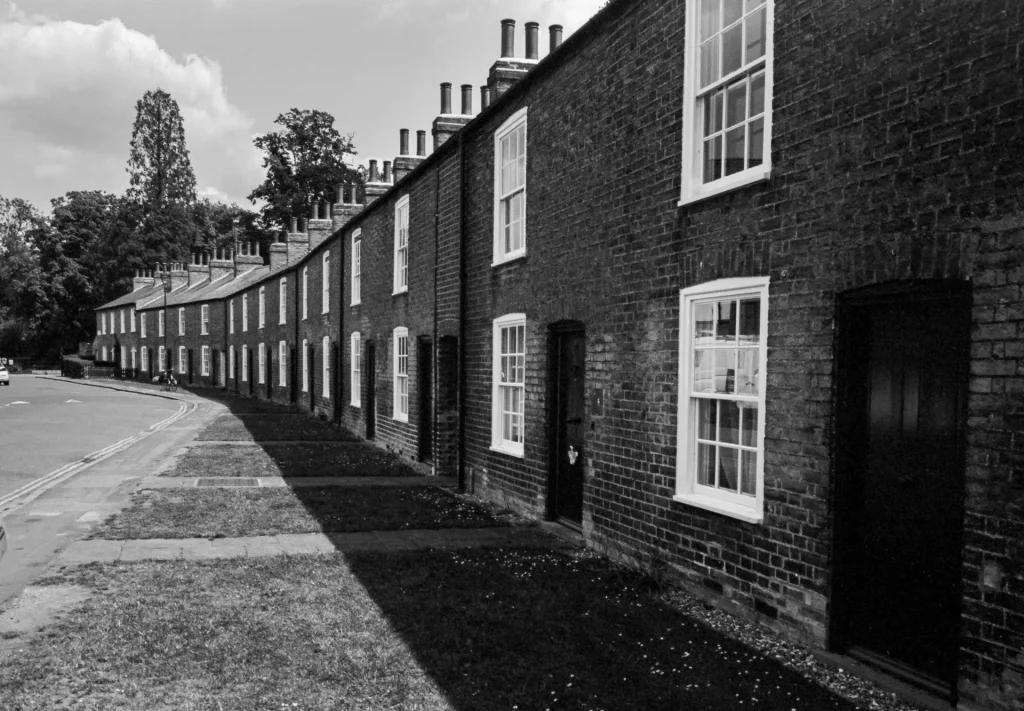
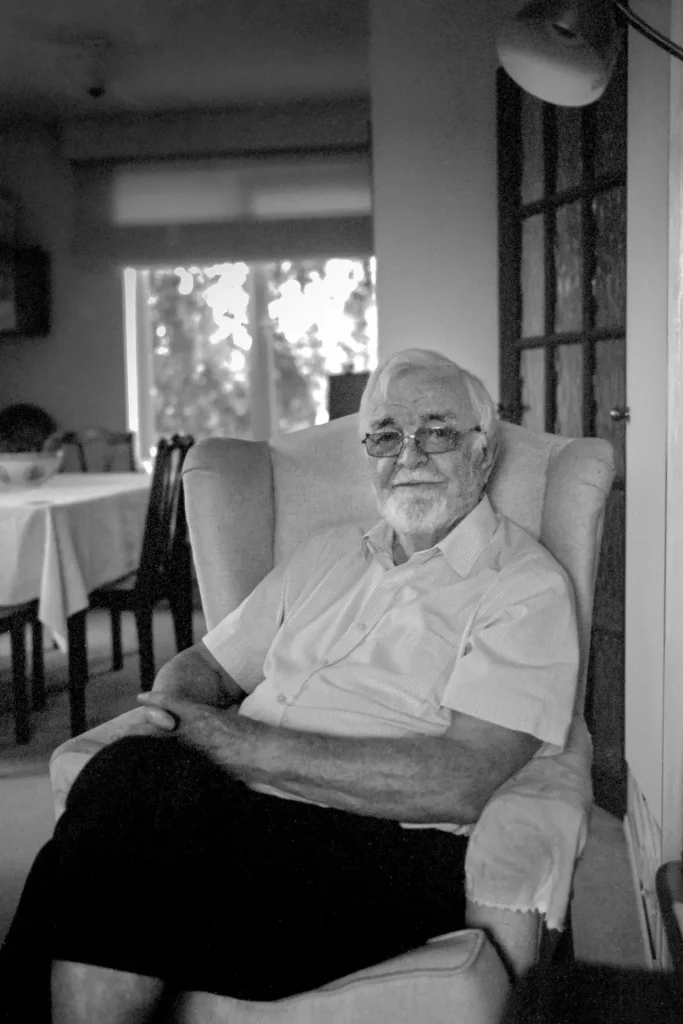
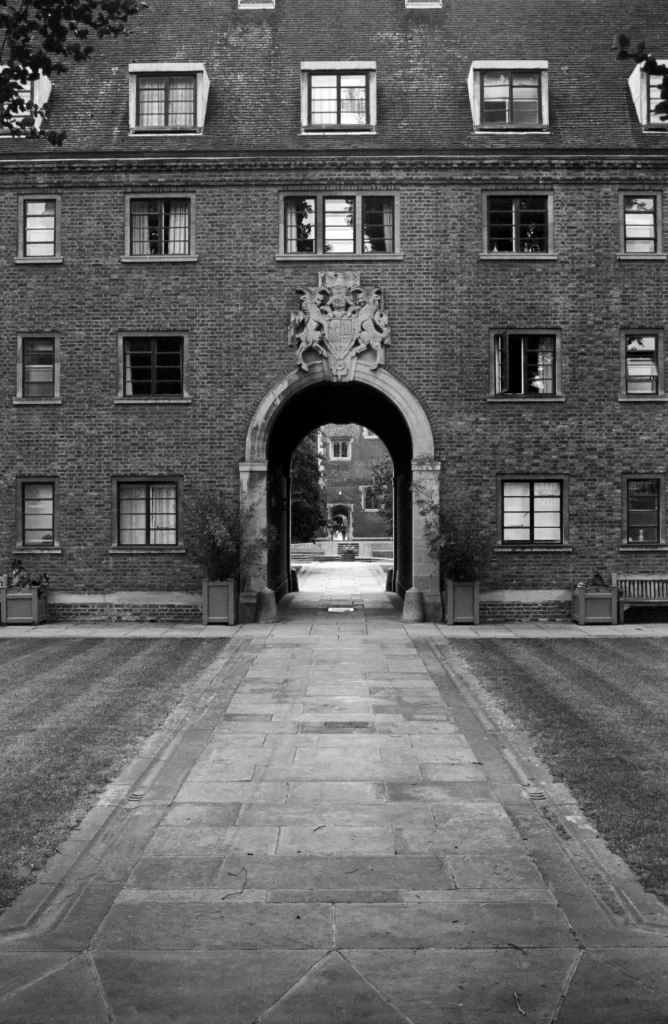
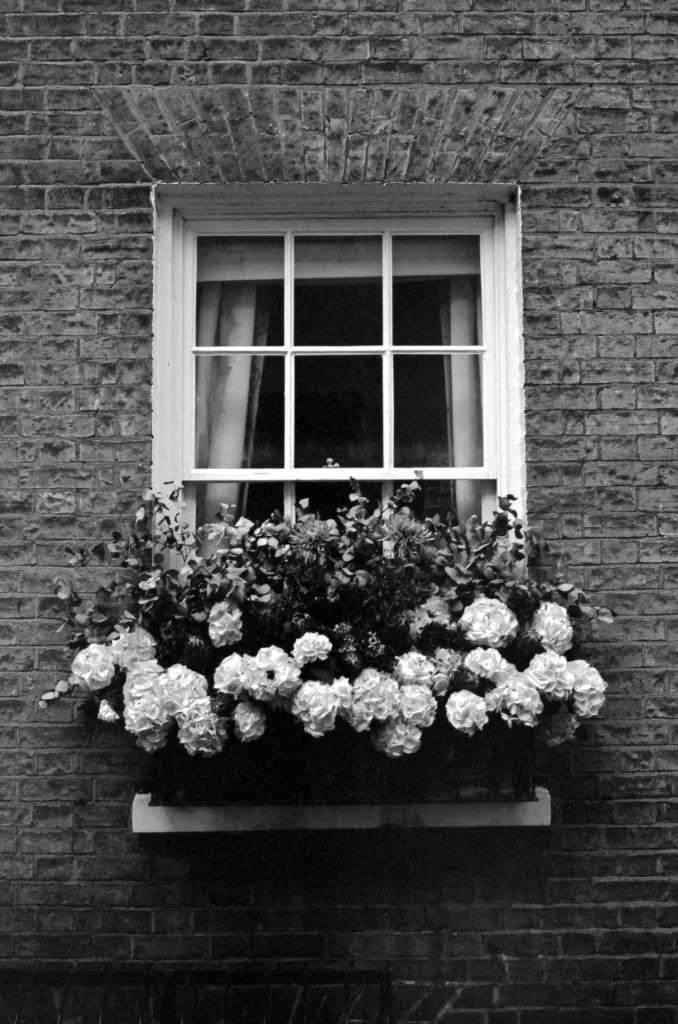
Iain McGlinchey is a doctor, musician, photographer and dad living in the West of Scotland. He grew up with film photography in the 1980s and after a venture into the digital world of the new millennium has found comfort again in the analogue resurgence of his youth. You can see more of his Photos on Flickr here and some of his music on YouTube here.
Share this post:
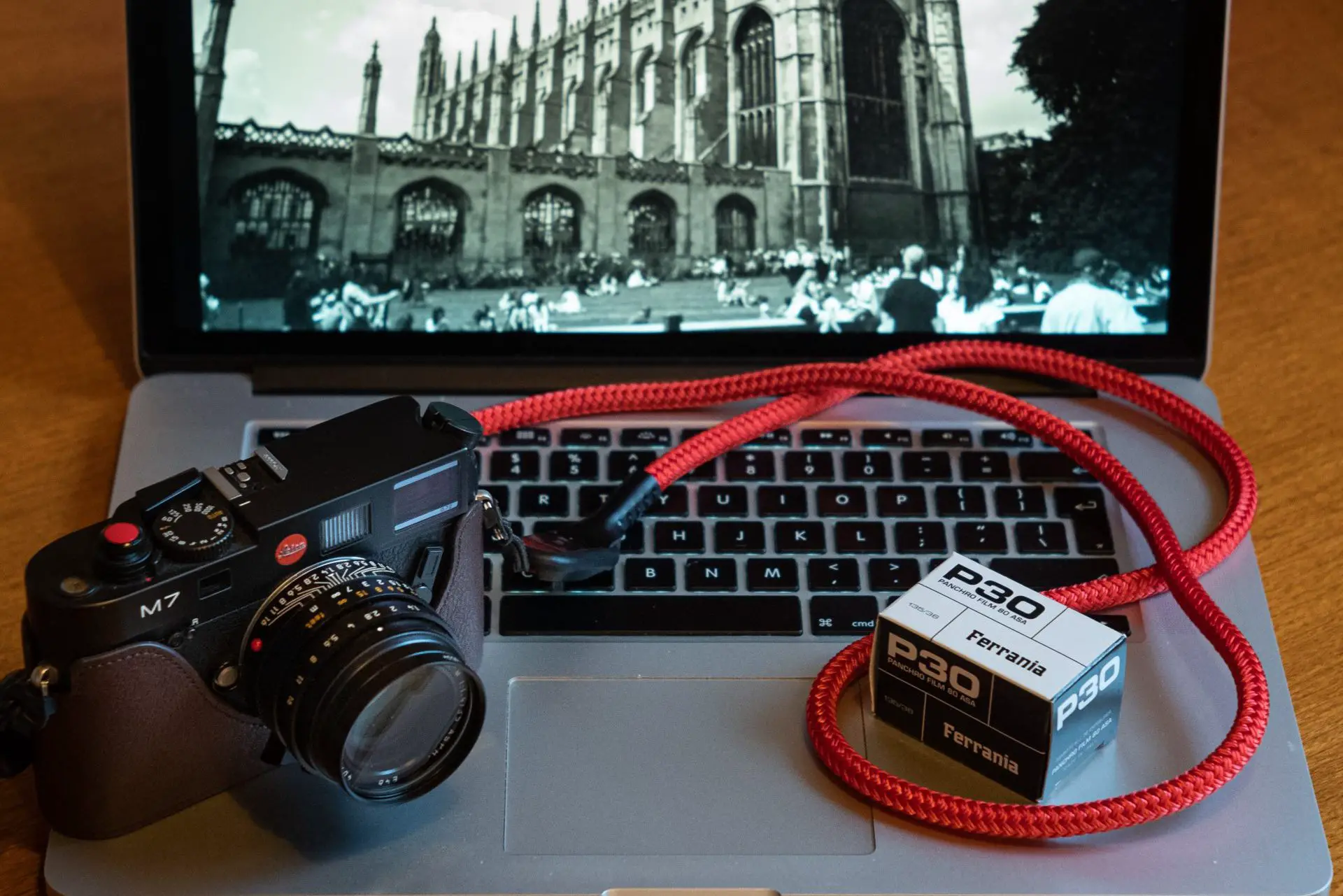








Comments
Ken Rowin on Being a 1950s Movie Star – In Cambridge with Ferrania P30 – By Iain McGlinchey
Comment posted: 28/07/2021
Comment posted: 28/07/2021
Huss on Being a 1950s Movie Star – In Cambridge with Ferrania P30 – By Iain McGlinchey
Comment posted: 31/07/2021
I can see the Eagle is still living off that reputation. Shame it has become such a tourist trap because of it with just terrible food! And before anyone besmirches English pub cuisine, it really has taken off in the last decade or so. At least at other pubs!
Cambridge is a beautiful little town to photograph, as you have shown.